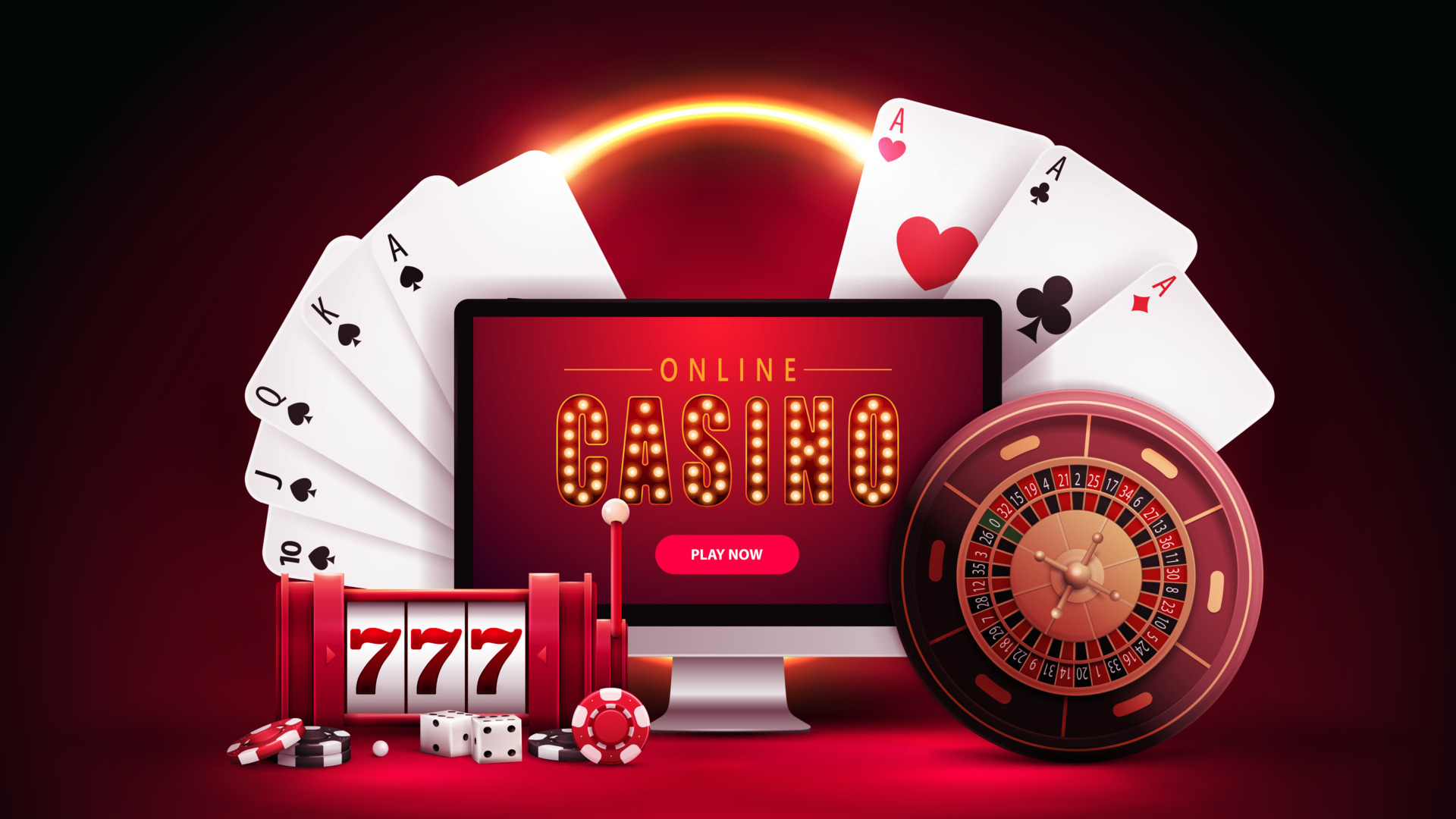Trong thế giới giải trí đầy màu sắc hiện nay, slot casino đã trở thành một phần không thể thiếu trong các sòng bạc. vz99 Hình ảnh những guồng quay, ánh đèn lấp lánh và âm thanh vui nhộn đã tạo nên một bầu không khí sôi động, thu hút hàng triệu người chơi từ khắp nơi trên thế giới. Những trò chơi này không chỉ đơn thuần là sự may rủi mà còn là hành trình khám phá những ước mơ và hy vọng.
Slot casino không chỉ mang đến cơ hội giành chiến thắng lớn mà còn tạo ra những trải nghiệm độc đáo cho từng người chơi. Từ những chủ đề hấp dẫn đến cách chơi đơn giản, mọi người đều có thể dễ dàng tham gia và tìm kiếm cho mình không chỉ là những giây phút thư giãn mà còn là những cảm xúc hồi hộp và bất ngờ. Cùng khám phá thế giới đầy sắc màu của slot casino, nơi mà mọi giấc mơ đều có thể được hiện thực hóa.
Lịch Sử Phát Triển Slot Casino
Slot casino đã có một lịch sử phát triển dài và thú vị, bắt đầu từ cuối thế kỷ 19. Thiết bị đầu tiên được gọi là "Liberty Bell", được tạo ra bởi Charles Fey vào năm 1895. Máy này có ba cuộn và năm biểu tượng khác nhau, bao gồm chuông tự do, trái cây và các ký hiệu khác. Sự ra đời của Liberty Bell đã đánh dấu khởi đầu cho một ngành công nghiệp mới và nhanh chóng thu hút sự chú ý từ công chúng.

Trong những năm đầu thế kỷ 20, các máy slot ngày càng phát triển và trở nên phổ biến hơn. Từ những chiếc máy cơ học đơn giản, các nhà sản xuất đã bắt đầu giới thiệu máy slot điện tử. Một trong những bước ngoặt quan trọng là sự ra đời của máy slot đầu tiên chạy bằng điện vào năm 1963, mang lại trải nghiệm chơi game thú vị và hấp dẫn hơn cho người chơi. Công nghệ đã giúp cho các cuộn máy hoạt động mượt mà và chính xác hơn.
Đến cuối thế kỷ 20 và đầu thế kỷ 21, sự phát triển của công nghệ kỹ thuật số đã mở ra một kỷ nguyên mới cho slot casino. Các máy slot hiện đại không chỉ có thiết kế bắt mắt với đồ họa tuyệt đẹp mà còn tích hợp nhiều tính năng độc đáo như vòng quay miễn phí, jackpot và các trò chơi bonus đa dạng. Sự xuất hiện của các sòng bạc trực tuyến cũng đã làm thay đổi cách người chơi tương tác với máy slot, mang đến sự thuận lợi và sự đa dạng cho người chơi trên toàn cầu.
Nguyên Tắc Hoạt Động Của Máy Slot
Máy slot hoạt động dựa trên cơ chế ngẫu nhiên và quy luật xác suất. Mỗi khi người chơi nhấn nút quay hoặc kéo cần, các cuộn quay của máy sẽ bắt đầu quay. Khi các cuộn dừng lại, kết quả hiển thị sẽ xác định việc thắng hay thua. Đây chính là lý do mà các máy slot luôn mang lại sự hồi hộp và bất ngờ cho người chơi. Công nghệ Random Number Generator (RNG) được sử dụng để đảm bảo rằng mỗi lần quay là hoàn toàn ngẫu nhiên.
Mỗi máy slot có một bảng trả thưởng riêng, hiển thị các phối hợp thắng và số tiền thưởng tương ứng. Người chơi cần nắm rõ bảng trả thưởng này để có thể đánh giá cơ hội thắng của mình. Một số máy còn có các tính năng bổ sung như vòng quay miễn phí hoặc trò chơi bonus, giúp tăng thêm cơ hội thắng lớn. Điều này tạo nên sự đa dạng cho từng trải nghiệm chơi game.
Ngoài ra, tỷ lệ hoàn trả cho người chơi (RTP) là một yếu tố quan trọng cần xem xét. Tỷ lệ này cho biết phần trăm tiền cược mà máy slot sẽ trả lại cho người chơi theo thời gian. Chọn máy có RTP cao hơn là một chiến lược thông minh để tối ưu hóa khả năng thắng. Khi hiểu rõ về nguyên tắc hoạt động của máy slot, người chơi có thể đưa ra quyết định tốt hơn và tận hưởng trò chơi một cách thú vị hơn.
Tương Lai Của Slot Casino
Trong những năm gần đây, slot casino đã trải qua một sự chuyển biến đáng kể nhờ vào sự phát triển của công nghệ. Các trò chơi slot hiện nay không chỉ đơn thuần là những cuốn băng quay mà còn được thiết kế với đồ họa sống động, âm thanh hấp dẫn và các chủ đề phong phú, thu hút người chơi hơn bao giờ hết. Việc kết hợp công nghệ thực tế ảo và tăng cường đang mở ra một kỷ nguyên mới cho người chơi, giúp họ trải nghiệm cảm giác như đang ở trong một casino thực thụ.
Sự gia tăng của các casino trực tuyến cũng đang làm thay đổi cách thức mà người chơi tiếp cận với trò chơi slot. Giờ đây, người chơi có thể thưởng thức hàng trăm trò chơi slot khác nhau ngay tại nhà hoặc bất kỳ đâu chỉ với một chiếc điện thoại thông minh. Điều này không chỉ tạo ra sự linh hoạt cho người chơi mà còn mở rộng thị trường cho các nhà phát triển game slot, thúc đẩy họ sáng tạo ra những sản phẩm đổi mới và thú vị hơn.
Trong tương lai, slot casino hứa hẹn sẽ trở thành một phần không thể thiếu trong trải nghiệm giải trí của người chơi. Các công nghệ mới như trí tuệ nhân tạo và machine learning sẽ giúp cá nhân hóa trải nghiệm chơi game, đưa ra các gợi ý phù hợp theo sở thích từng người. Khi mà ngành công nghiệp này càng phát triển, người chơi sẽ có nhiều cơ hội khám phá những trò chơi mới lạ, từ đó biến những giấc mơ về chiến thắng lớn thành hiện thực.




